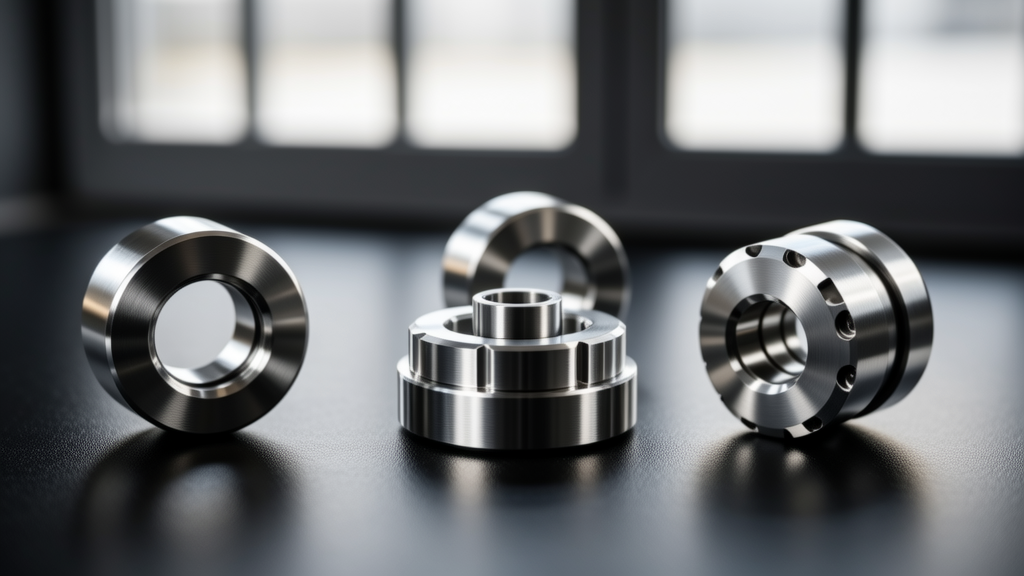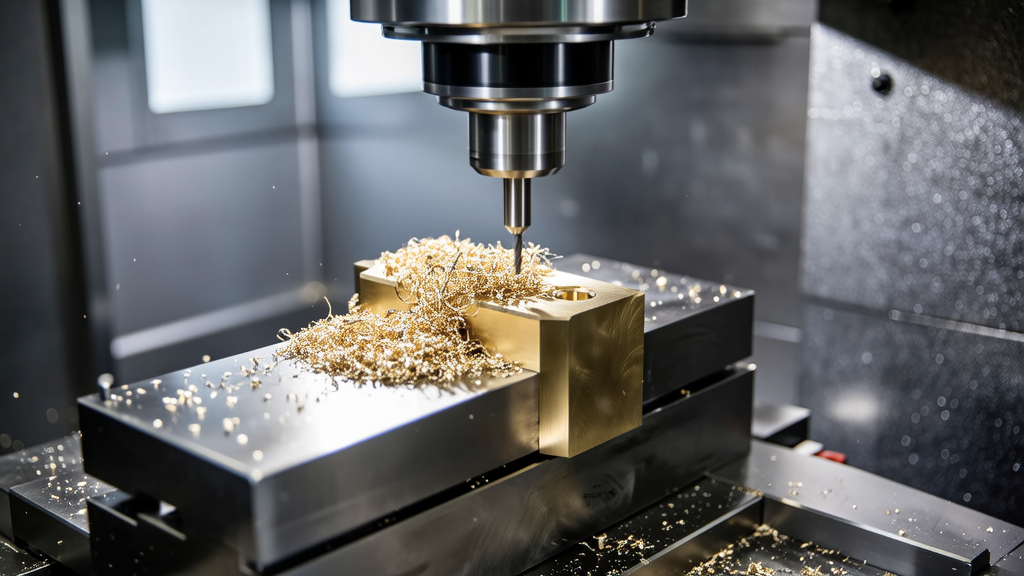When you’re searching for a machining partner for micro stainless steel components, it often feels overwhelming, doesn’t it? I mean, with so many options out there, how do you sift through the noise and find the right CNC machining manufacturer? You’re not alone in feeling this way, as finding a trustworthy source for high-precision micro parts is a common challenge many engineers and purchasing managers face.
Let’s dive into the practical steps you can take to clarify your options. First, you need to define your exact specifications. Think about the tolerances you need—this is critical. For instance, if you require tolerances of +/
Next, evaluate the manufacturer’s technical expertise. Look for a company that has a proven track record in CNC machining micro parts in stainless steel. Don’t hesitate to ask for samples of their previous work or client testimonials. I once worked with a supplier who provided photos and detailed reports on their recent projects, which made it much easier for me to visualize their capabilities. You might be surprised by how open most manufacturers are to discussing their past projects.
A crucial aspect of selection is assessing production technologies. Different CNC machining processes, like milling or turning, may be better suited for your specific part requirements. For example, I’ve found that precision turning is often more efficient for cylindrical parts, while milling works wonders for complex geometries. Therefore, ensure the manufacturer is well-versed in the technologies that will benefit your design.
Let’s break down what you need to consider regarding costs. It’s tempting to go for the lowest price when selecting a manufacturer, but this can lead to higher long-term costs if the quality isn’t up to par. Creating a cost structure can help. Here’s how I typically do it:
You’ll also want to mitigate risks in your selection process. One of the best strategies is to design a prototype first before giving the go-ahead for mass production. Prototyping can help identify any issues in the design or materials. I can’t stress enough how often I’ve seen clients saved from costly mistakes after a thorough prototype phase.

Finally, build a rapport with your selected CNC machinist. Open communication can significantly reduce misunderstandings and allow for smoother collaboration. Don’t shy away from reaching out about materials, processes, or timelines. An approachable partner not only builds trust but can also contribute valuable advice based on their extensive experience.
Here’s a simplified table to summarize the core aspects to evaluate when looking for stainless steel CNC machining for micro parts:
| Criteria | Tips | Considerations |
|---|---|---|
| Specifications | List tolerances | Higher precision needed for micro parts |
| Expertise | Ask for samples/testimonials | Proven results in similar projects |
| Production Technologies | Understand processes | Align processes with parts’ design |
| Cost Structure | Get detailed quotes | Evaluate long-term costs |
| Risk Mitigation | Create prototypes | Identify issues early in the process |
By following these steps and keeping these critical criteria in mind, you’ll find it much easier to navigate the complexities of sourcing stainless steel CNC machining for your micro parts. Do you have particular aspects you’d like to dive deeper into, or maybe specific questions? Let me know!
What specifications should I consider when choosing a CNC machining partner?
When looking for a CNC machining manufacturer, you should start by defining your specifications clearly. This includes the type of stainless steel being used and the exact tolerances required.
I recommend listing out all specifications, such as dimensions, tolerances within +/

How can I assess a manufacturer’s technical expertise?
One of the best ways to gauge a manufacturer’s expertise is by asking for samples of their work. Reputable manufacturers will usually be happy to provide examples or case studies of similar projects they’ve completed.
Additionally, look for client testimonials and reviews, which can give you insight into their reliability and the quality of their work, especially for micro parts.
What production technologies should I be aware of?
It’s important to understand the different CNC machining processes, such as milling and turning. Each has its strengths depending on what type of micro part you’re looking to produce.
For example, milling is generally better for complex shapes, while turning is often more efficient for cylindrical components. Be sure to discuss these options with potential manufacturers.
How do I create a cost structure for my project?
When developing a cost structure, consider all factors such as material costs, machining time, and shipping. You should also factor in the setup costs for the production of your stainless steel components.
By breaking down these elements, you can get a clearer picture of the total cost and avoid surprises later on.
What steps can I take to mitigate risks in CNC machining?
Creating a prototype is one of the most effective ways to mitigate risks. It allows you to test the design and make any necessary adjustments before moving into full-fledged production.
This proactive approach can save both time and money in the long run, especially when dealing with high-precision micro parts.








